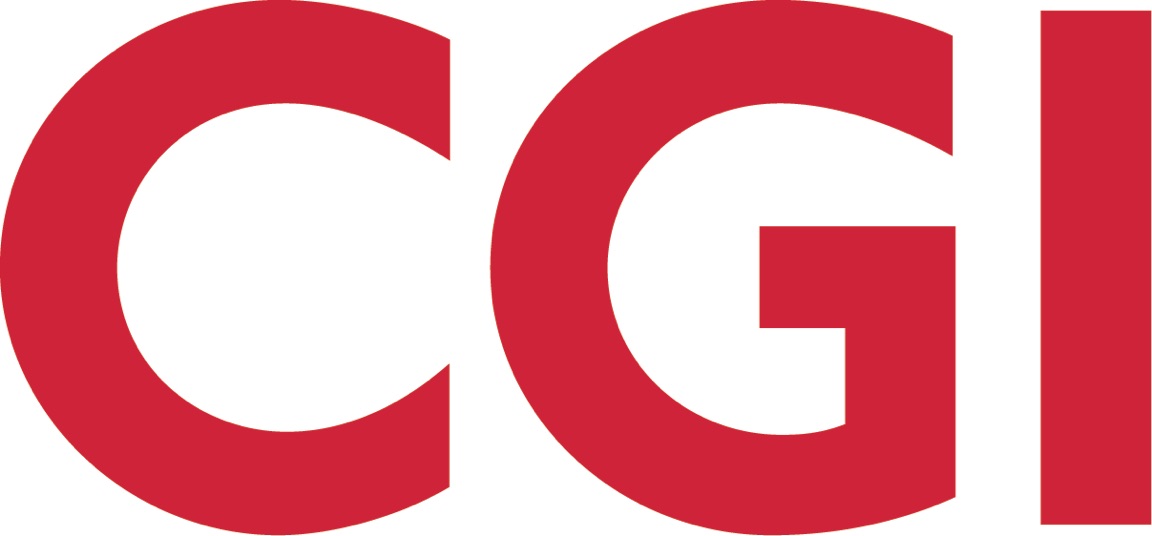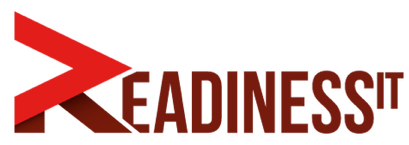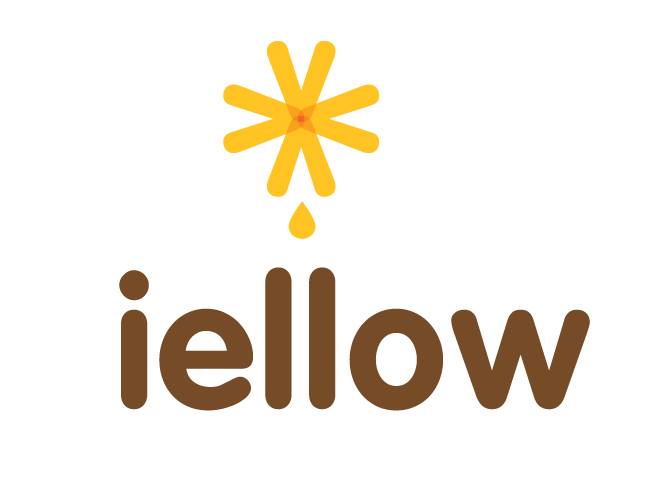-
Cheryl specializes in designing for natural user interfaces, applied storytelling in design, and taming complexity in any manifestation. Her considerable NUI experience includes time designing cutting-edge voice and multimodal experiences for Amazon’s Alexa, Microsoft’s Cortana, Windows Automotive, and games for the Nintendo DS – in addition to contributions to major unannounced products still on the horizon.
In 2016, she became Design Lead for Microsoft’s Azure cloud management experience and marketplaces, working to reduce the friction required to design and build the systems that power your favorite consumer experiences. Her more traditional experience spans vast server management products, video games, websites, and even theme parks.
Cheryl’s passions extend to STEM outreach, particularly using UX design as a way to engage high school students in the study of technology by leveraging their interest in creative arts. She created a hands-on workshop curriculum, "Making the World Easier With Interaction Design", and has personally taught her workshop to over 500 students in technology camp programs around the Puget Sound region since its debut in 2012.
After working hours, Cheryl is a professional improvisational actress and instructor with the renowned Seattle theatre company Unexpected Productions. She also co-stars in “Shadowrun: Corporate SINs”, a weekly Internet TV role playing series aired live on Twitch. Her other avocational passions include distance running, puppetry, board and video gaming, and learning through travel. You can find her on Twitter, Medium, and Twitch as @muppetaphrodite
-
Author of:
24
09:00 - 12:30
Room 1Workshop
Giving Voice to Your Voice Designs
Designing for voice interaction can be an intimidating concept for a generation of designers trained primarily in visual principles and patterns. But there’s a greater need for voice designers than there are folks experienced in voice design.
Join us and see how the skills you already have can translate to this evolving design specialty. In this workshop, you’ll learn the basics of voice design and apply those skills to begin the design of your own voice app.
We begin by reviewing basic terminology you’ll need to communicate with other voice designers and speech scientists. Learn the difference between an intent and a slot, the importance of context, and principles for setting your customers up for success in a few simple words.
Voice interface design deliverables take many forms. We’ll review best practices and how to scale the process down for your initial explorations, or how to scale it up if you’re working with consumer-scale voice products.
Finally, we dive into an hour-long structured hands-on activity session where we walk through the process of creating voice design deliverables. You can choose to work along with the class example, or bring your own idea and receive some feedback along the way.
Participant takeaways
- A basic cross-company vocabulary for dealing with voice design
- Understanding of the technology and constraints inherent to today’s natural language understanding (NLU) systems
- A set of basic guidelines to guide creation of successful voice designs
- Examples of key voice design deliverables and their role in the process: storyboarding, flows, sample dialogs and final prompts
Requirements:
Intermediate design experience (either professional or educational) is recommended, but all are welcome. Bring pencil and paper (or a laptop if preferred) to work through your own starter flows and dialogs.
26
16:50 - 17:25
Auditorium ITalk
Because McLuhan
“What if McLuhan is right? Suppose he is what he sounds like – the most important thinker since Newton, Darwin, Freud, Einstein and Pavlov?” – Tom Wolfe (1969)
Folks from within the community of UX practice have been calling for the death of the wireframe since the early ‘oughts. And now with the rise of Agile, the death-knell is ringing from without. Just so you know: they are coming for the rest of our deliverables.
How in today’s Lean world do we situate the role of depiction and documentation in our process? If in the past we were doing it wrong, how do we go forward doing it right?
This presentation introduces Marshall McLuhan’s four laws of media, as applied to UX design and software development. Attendees will learn how to analyze the media we use to depict, deliver and approve our ideas while avoiding subtle and pernicious traps that lurk in the interplay between medium and message.


























